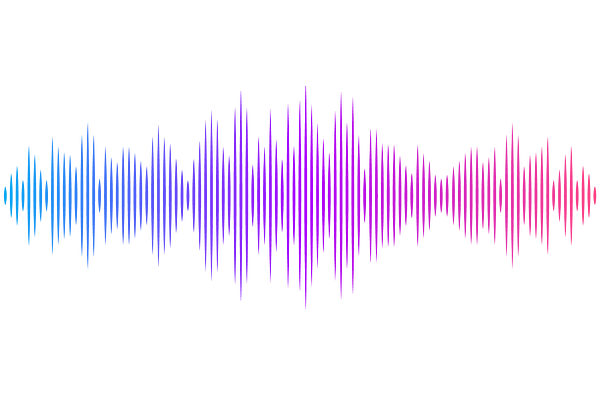Structural extension of the human exocyst is enabled by a minimal interface

Structural extension of the human exocyst is enabled by a minimal interface
Xu, H. D.; Badonyi, M.; Sopipong, W.; MacGowan, S. A.; Marsh, J. A.; Murray, D. H.
AbstractIn multicellular organisms, the machinery responsible for polarized trafficking directs constitutive cargo secretion at distinct sites of the plasma membrane, cilia, and junctional structures. Central to this machinery is the exocyst complex, which tethers cargo vesicles to their destination membrane, alongside other intracellular membrane tethering roles. Precisely how the exocyst spatially integrates membranes and membrane resident binding partners is unclear. Here, we address the structural morphology and formation of the human exocyst complex. Through structural approaches coupled to predictive models, we determined that the exocyst and its subcomplexes have extended \'arm-like\' structures that help maximize its reach. Moreover, we demonstrate minimal intersubunit interaction, in contrast to prior models. Nucleation of the holocomplex occurs through a single site, explaining its spatial extension. Our results provide the biochemical basis for exocyst complex assembly, suggesting an ornate extended architecture.